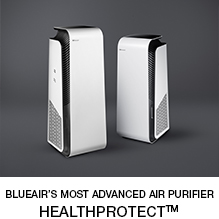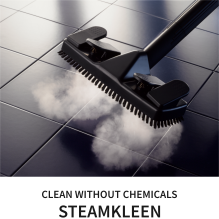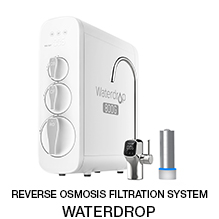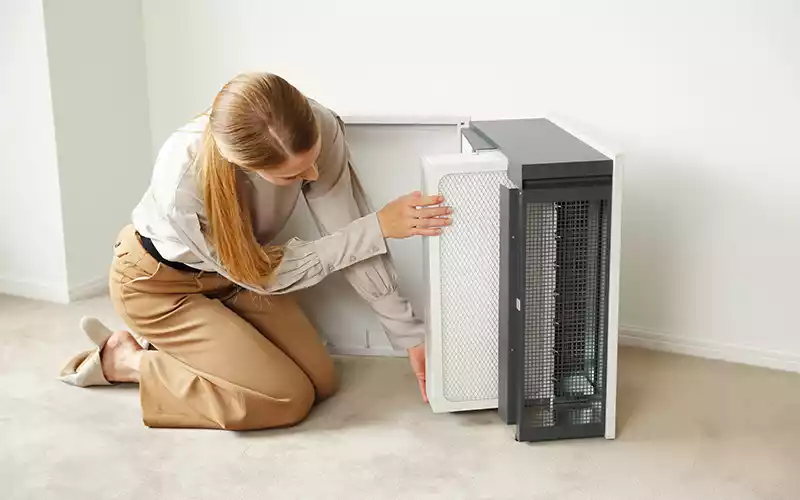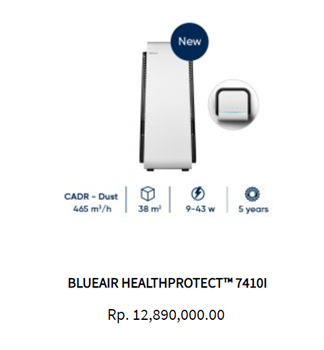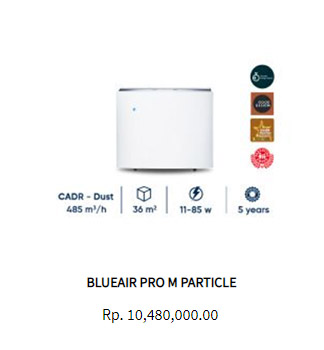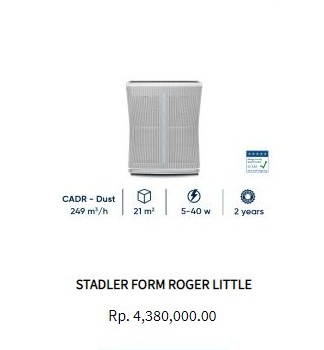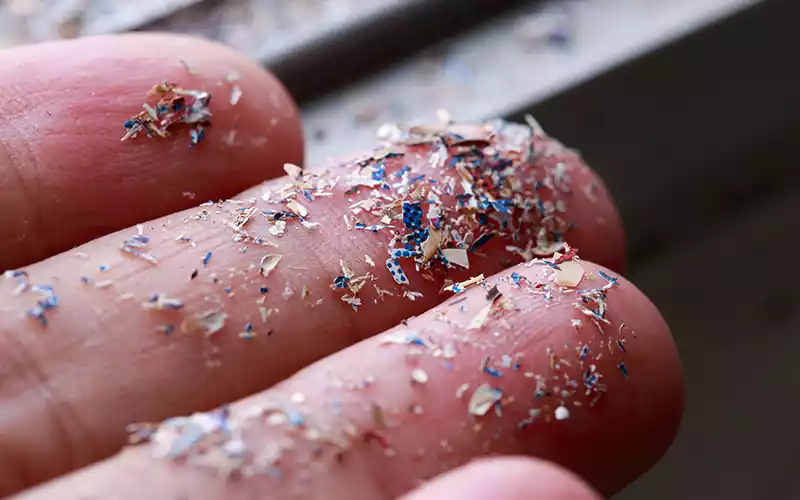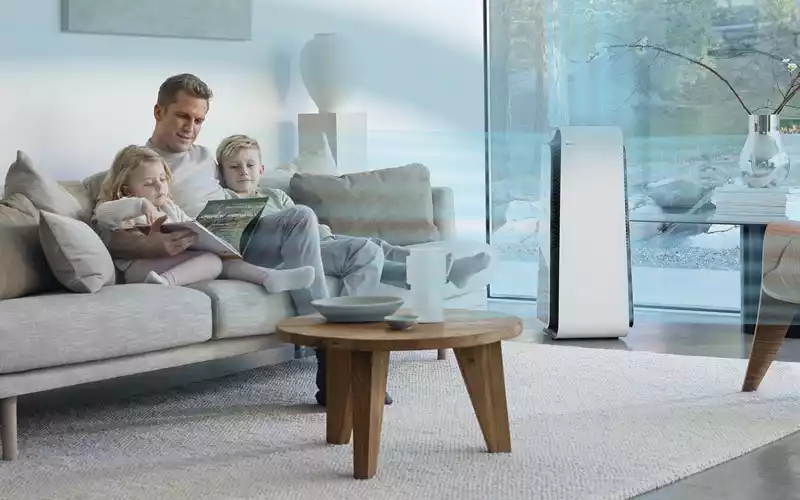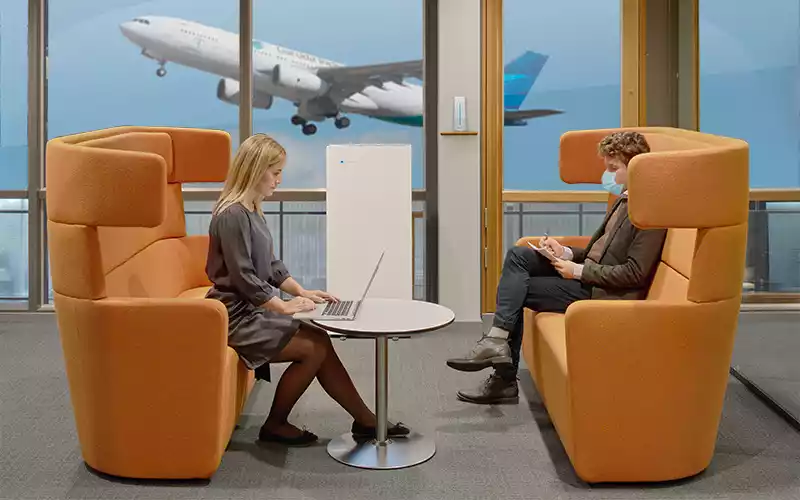- A filter is a key component of an air purifier. It plays an important role in capturing airborne pollutants, thus providing clean air.
- HEPA filters need to be replaced every 6-12 months for air purifiers to work at their best. Cleaning it manually will only make it worse.
- While it is good to know the efficiency rating of a filter, it is more important to know the performance of the air purifier as a complete system.
A filter is one of the most crucial components of an air purifier. It catches airborne particles from the air and allows clean air to pass through. As important as it is, there have been many questions surrounding filters, such as “What type of filter is the best?” and “Why do we have to replace filters instead of just cleaning them?” This article will explain to you the mechanics of a filter, answer frequently asked questions, and help you better understand what you should be focusing on when choosing a good air purifier.
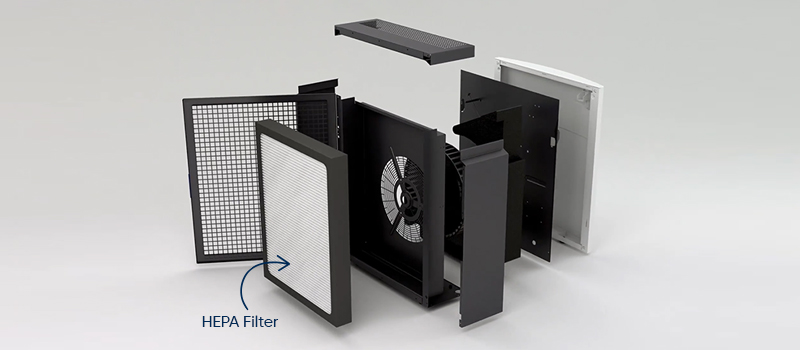
What Is a HEPA Filter and How Does It Work
The type of filter commonly used in a quality air purifier is known as HEPA filter, which stands for “High-Efficiency Particulate Air” filter.
Typically, HEPA filters are made of polypropylene or fiberglass material, composed of arrays of fine threads. They can capture almost any solid particles, ranging from viruses to allergens such as pollen and dust.
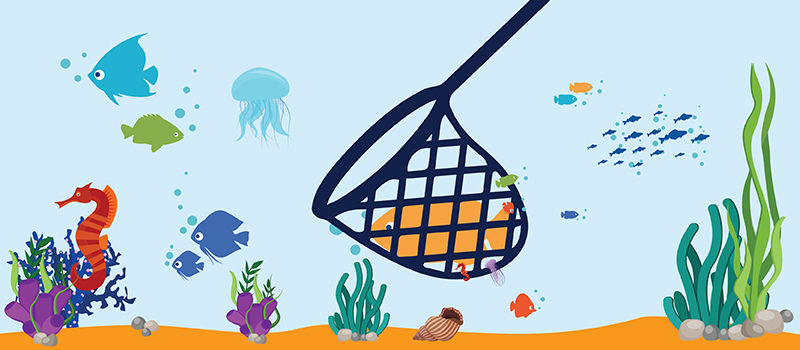
HEPA filters function just like how a fish net does. If a big fish were to swim into a net, it would easily be caught. However, water and smaller fishes are free to slip through. The same basic principle applies to a HEPA filter used in an air purifier.
When air passes through fibers in a HEPA filter, larger particles in the air (typically > 1 micron) are trapped between the fibers in a process that scientists called straining and impaction. Gaps in between the fibers allow cleaned air to flow through.
It is easier to imagine how larger particles get filtered. However, it is tricky to understand the concept behind how smaller particles are removed from the air by a HEPA filter. In relation to that, is the concern whether HEPA filters can actually remove smaller particles the size of less than 0.1 microns, that seemingly will escape through gaps between the fibers.
Fortunately, two more processes enable HEPA filters to remove smaller particles (< 1 micron, yes including viruses) not caught between the fibers, they are called interception and diffusion. Interception involves particles in the airflow that weave around the fibers until they come into contact with them and get caught. Whereas the even smaller particles actually get bounced around like a pinball when they hit gas molecules in a phenomenon called Brownian motion that they ended up crashing and lodging themselves in the fibers. This process is called diffusion, and via this filtration mechanic, very small particles are captured by a HEPA filter.
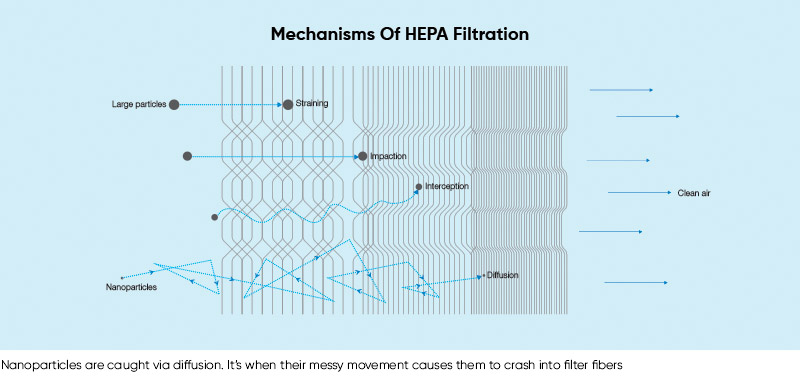
Why HEPA Filters Need To Be Replaced Regularly and Not Washed or Vacuumed
Understanding how HEPA filters work in capturing airborne particles as tiny as a couple of nanometers leads us to a commonly asked question regarding whether they should be replaced regularly and why they can’t be cleaned by washing or vacuuming.
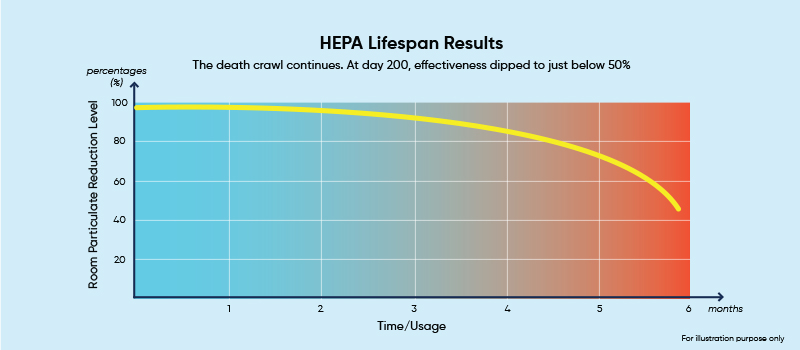
Filter efficiency, airflow, and the overall filtration performance of an air purifier drop significantly when the filter media is clogged up from prolonged use. Vacuuming will result in the fibers coming loose, widening the gaps in between, and allowing more particles to flow through. Similarly, applying any type of force to dust out the filter will end up damaging it, whereas washing it will clog the fibers and restrict the filter’s ability to filter air.
In order to maintain the high-performance level expected from an air purifier, it is therefore recommended that filters be replaced at a 6 to 12-month interval, based on 24/7 usage as recommended by health experts. Without regular filter replacement, any air purifier will be operating at only a small fraction of its designed capability, even when it is switched on.
HEPA Filter Grades
A HEPA filter’s performance shows how well a HEPA filter can remove particle pollutants from the air. This can be shown by its ratings.
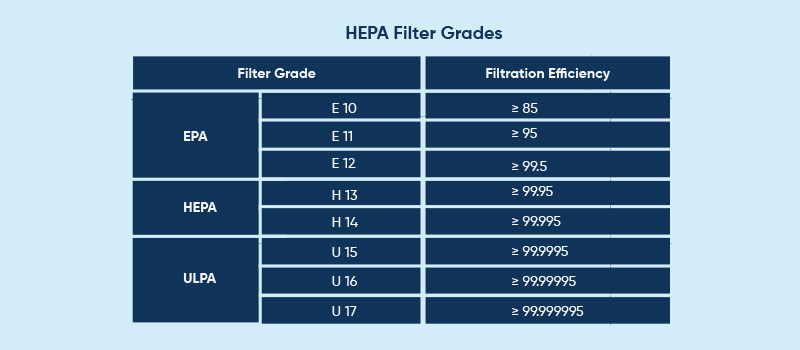
These ratings or grades determine the theoretical efficiency of a HEPA filter, which is how well they filter out particles. HEPA13 filters have an efficiency rating of 99.95% for particles up to 0.3 microns in diameter. HEPA12 filters have a lower efficiency rating whereas ULPA15 filters have a higher efficiency rating. While it is good to know the rating of a filter, it is more important to know the performance of the air purifier as a complete system in removing pollutants and producing clean air. Therefore, it is more important to understand an air purifier’s CADR performance which shows the air purifier’s performance as a whole. This will be explained in another article.
So far, this article has covered HEPA filters. Specifically, what they are, how they work, how you can care for your filter, and the effects of not doing so. Fresh, clean air should be everyone’s top priority, but that isn’t achievable with a filter alone. It is important to pay attention to the overall efficiency of an air purifier, for the best reference of its performance in delivering clean air.
Written by Uma Rahardja (14-year-old) & Alex Seo (14-year-old)
In conjunction with #Freedomtobreathe campaign by Blueair, Higienis Indonesia invites kids to voice their understanding and thoughts on air pollution, its adverse health effects, as well as mitigating actions required.
Disclaimer: The authors of this article have given full consent to publish their writing on www.higienis.com. The opinions expressed in this article are that of the authors' own and do not entirely reflect the view of Higienis Indonesia. Any content provided by the authors does not intend to malign any brand, company, organization, or individual.
SOLUTIONS

